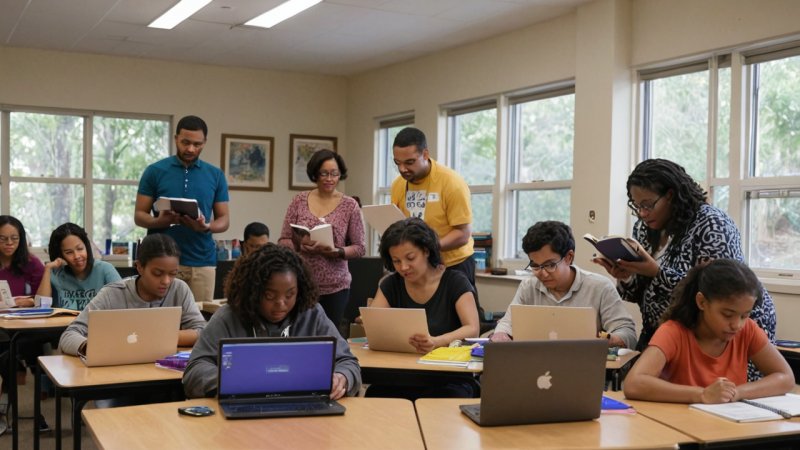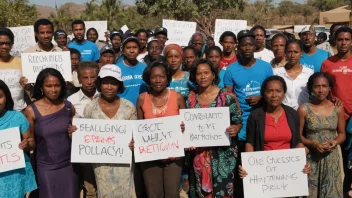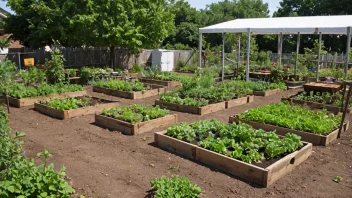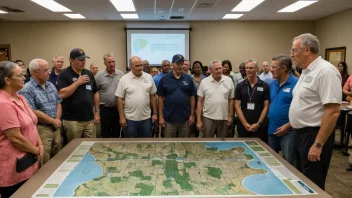Introduction
In today's digital age, online platforms have become powerful tools for promoting literacy education. This article will guide you through effective strategies to leverage these platforms, helping you make a significant impact in your community. You'll learn how to identify suitable platforms, create engaging content, collaborate with others, and measure your success.
Step 1: Identify Your Target Audience
Understanding who you want to reach is crucial for your literacy promotion efforts. Here’s how to define your audience:
- Research demographics: Look into the age, location, and educational background of your potential learners.
- Consider their interests: What motivates them to learn? Tailor your content to align with their interests.
- Identify barriers: Understand the challenges they face in accessing literacy education, such as language, technology access, or previous educational experiences.
Step 2: Choose the Right Online Platforms
Different platforms serve various purposes. Here are some popular options:
- Social Media: Platforms like Facebook, Twitter, and Instagram can help raise awareness and engage your audience.
- Blogs and Websites: Create a dedicated space for resources, articles, and success stories related to literacy.
- Online Learning Platforms: Use websites like Coursera or Khan Academy to share structured literacy courses.
- Webinars and Live Sessions: Consider hosting online workshops to provide interactive learning experiences.
Step 3: Create Engaging Content
Content is key to promoting literacy. Here are some tips for creating compelling materials:
- Use multimedia: Incorporate videos, infographics, and podcasts to cater to different learning styles.
- Share success stories: Highlight individuals or groups who have benefited from literacy programs to inspire others.
- Offer practical resources: Create downloadable guides, worksheets, or reading lists that learners can use.
- Encourage interaction: Ask questions, conduct polls, and create discussion threads to foster community engagement.
Step 4: Collaborate with Others
Building partnerships can amplify your impact. Consider these collaboration strategies:
- Work with local schools: Partner with educators to integrate literacy initiatives into their curriculum.
- Engage with nonprofits: Collaborate with organizations focused on literacy and education for greater reach.
- Invite guest contributors: Bring in experts to share their insights and broaden your content’s perspective.
Step 5: Measure Your Impact
Evaluating your efforts is essential for continuous improvement. Here’s how to assess your impact:
- Set clear goals: Define what success looks like, such as the number of participants or engagement metrics.
- Use analytics tools: Utilize platform analytics to track engagement, reach, and content performance.
- Gather feedback: Conduct surveys or feedback sessions to understand your audience’s needs and adjust accordingly.
Conclusion
By following these steps—identifying your audience, choosing the right platforms, creating engaging content, collaborating with others, and measuring your impact—you can effectively utilize online platforms to promote literacy education in your community. Remember, every effort counts, and your commitment can help transform lives through the power of literacy.






